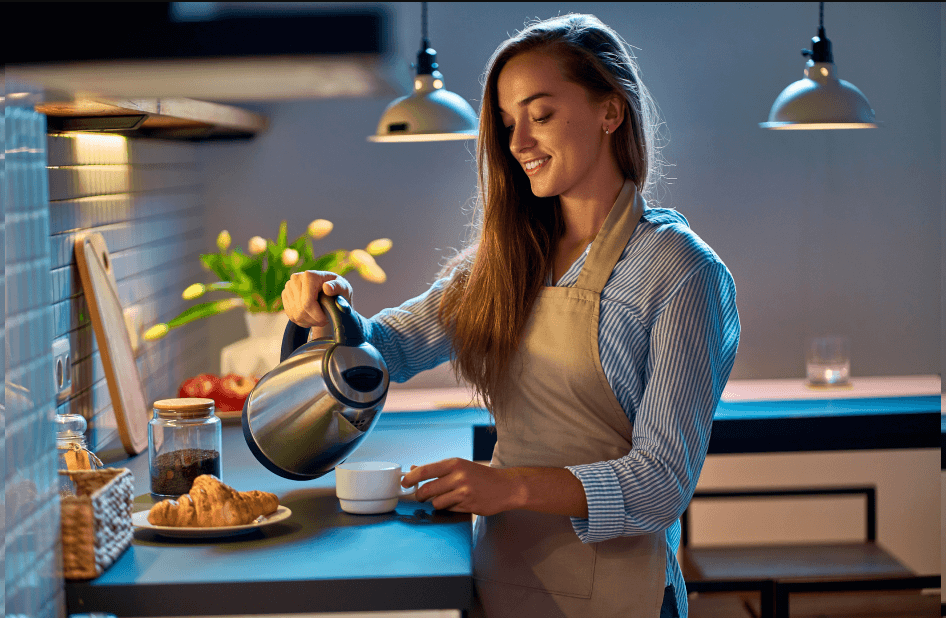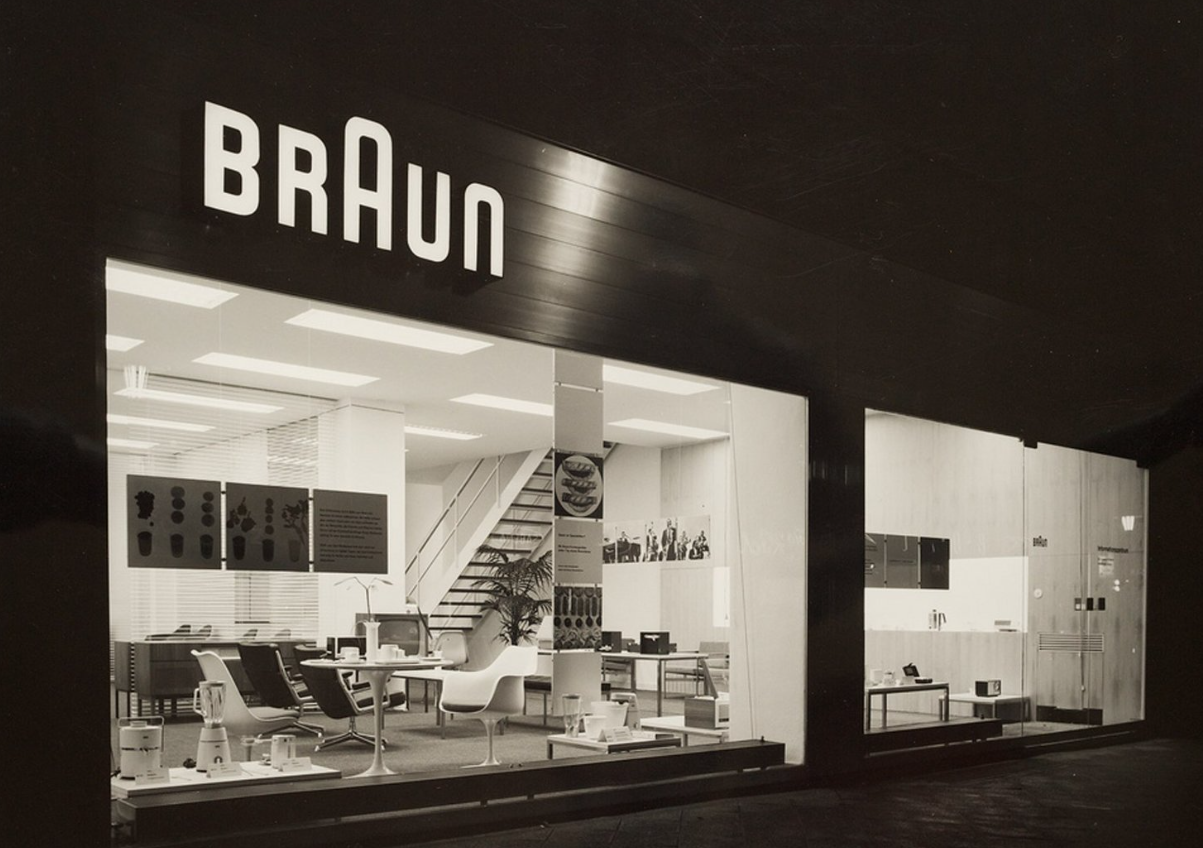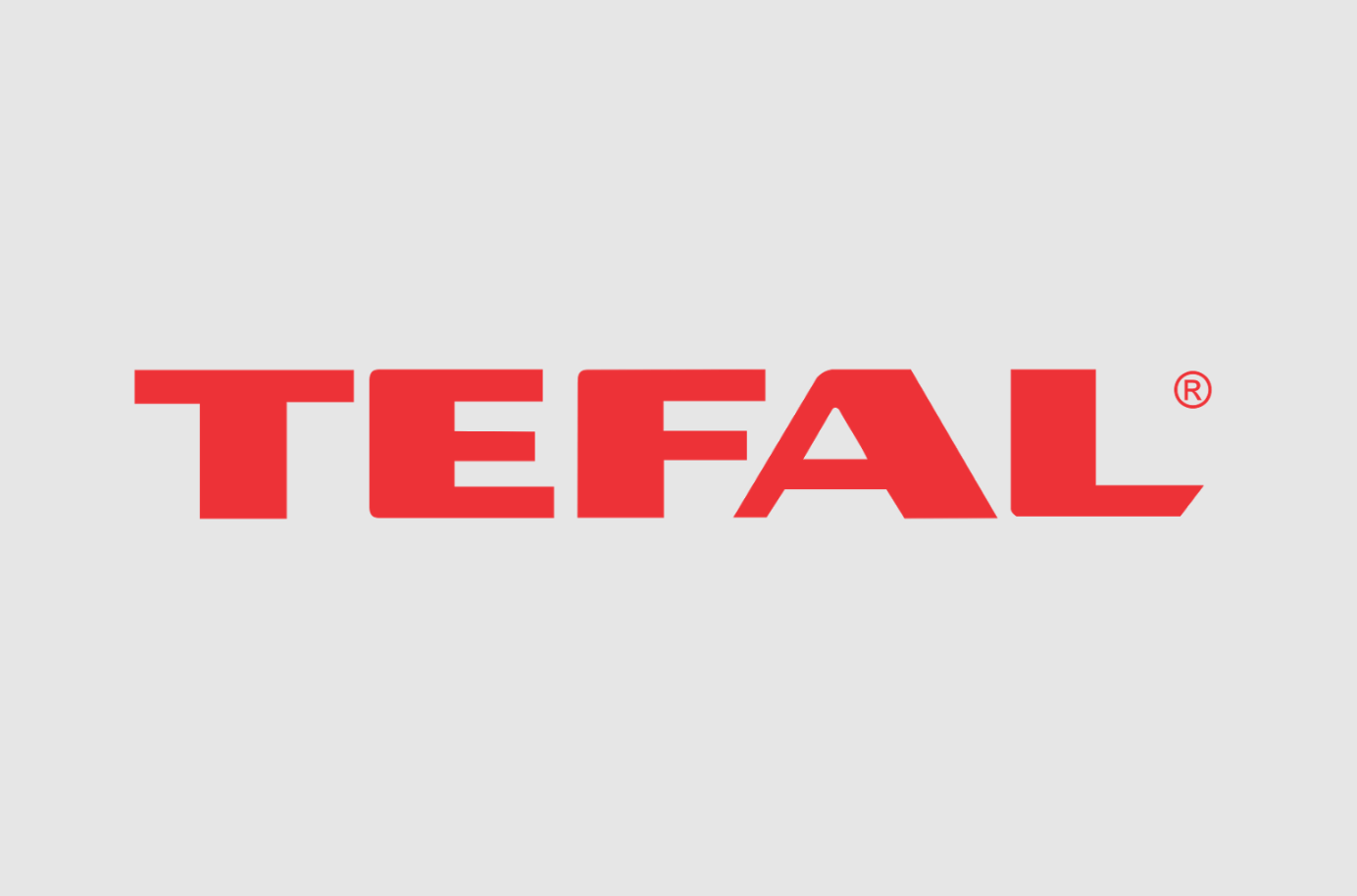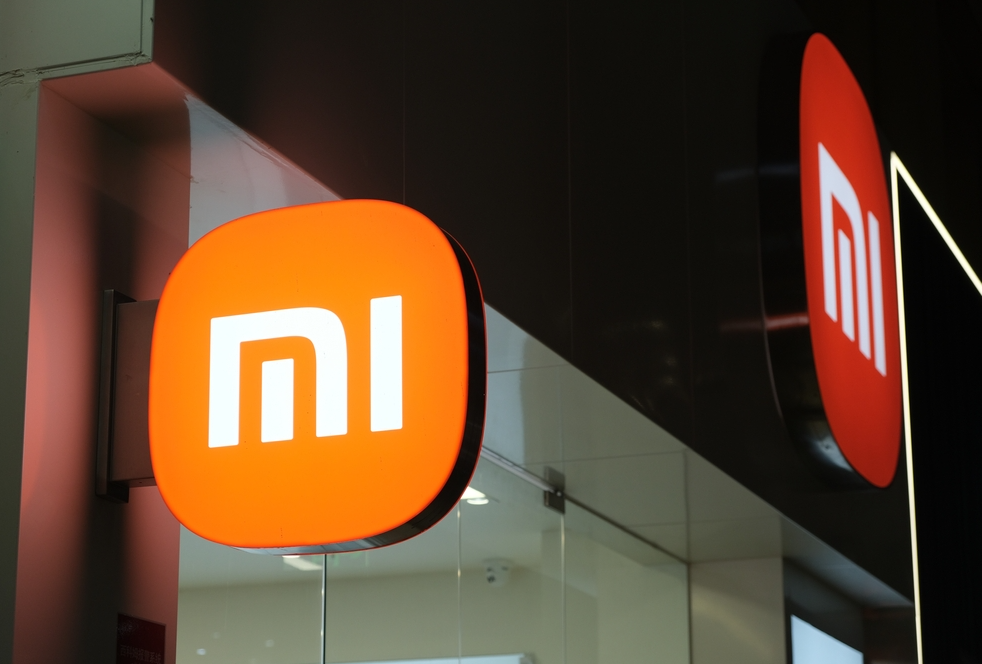Increased electricity tariffs and the desire to save household budgets are pushing consumers to choose energy efficient appliances. One such appliance that consumes a significant amount of electricity on a daily basis is the electric kettle.
An electric kettle, at first glance, seems like an insignificant energy consumer, but given the frequency of use in most homes, it can have a significant impact on your overall energy bill. On average, an electric kettle is used several times a day, which accumulates to a significant amount of energy consumed per month. Therefore, choosing an energy efficient kettle can not only help to reduce your energy bills, but also reduce the strain on the electricity grid and improve the overall energy efficiency of your home.
An energy-saving kettle is not just a fashionable gadget, but an essential element of a modern energy-efficient home. Choosing such a kettle requires attention to various parameters and characteristics that affect its energy consumption and overall efficiency. Let’s consider how to choose an energy-saving kettle, what parameters to pay attention to, and what models are available on the market.
Basic parameters for choosing an energy-saving kettle
Power and energy consumption
The power of an electric kettle plays a key role in its energy consumption. Typically, the wattage ranges from 1000 to 3000 watts. For an energy-saving kettle, the optimal choice will be a model with a power of 1500 to 2000 watts. Such models will provide fast heating of water without excessive consumption of electricity. It is important to consider how much energy the kettle consumes at different power levels. Higher wattage kettles, although they boil water faster, can consume more energy. Thus, the choice of the optimal power level depends on how often the kettle is used and the amount of water to be boiled at one time.
Kettle body material
Energy saving also depends on the material of the kettle body. The most common materials are metal, glass and plastic. Metal and glass kettles are often more energy efficient as they heat up faster and retain heat longer. Metal bodies, such as stainless steel, have high thermal conductivity, which reduces heating time. Plastic kettles, although lighter, can use more energy to reach the same temperature as plastic is worse at retaining heat. When choosing a kettle, you should also consider the durability of the material: glass and metal tend to last longer than plastic.
Volume and minimum water level mark
The volume of the kettle affects the amount of energy required to heat water. A kettle with a capacity of 1-1.5 litres is sufficient for one or two people. If there are more people in the family, you should consider models with a volume of 1.7-2 litres. It is also important to pay attention to the minimum water level. The lower the minimum level, the less water can be heated at a time, which saves energy when you need to boil a small amount of water. This is especially important for those who frequently make a single cup of tea or coffee.
Heating speed
The speed at which water is heated depends on the kettle’s power and the technology of the heating element. Fast heating kettles tend to use less energy as they reduce the running time of the device. It’s important to consider that models with a faster heating function may be a little more expensive, but it’s an investment that will pay off due to the reduced energy consumption.
Type of heating element
It is important to choose a kettle with a closed heating element. Such models are more energy efficient as the heating element is not in direct contact with the water, which reduces heat loss. Open coils, on the other hand, can be less efficient and more difficult to descale, which also affects their energy efficiency.
Automatic switch-off function
Automatic switch-off after boiling water prevents energy consumption and ensures safety. It is also useful to switch off when there is not enough water in the kettle to prevent overheating and failure of the device. Some models are also equipped with the function to switch on again when the water cools down to a certain temperature, which allows you to keep the water hot without re-boiling.
Thermostat and temperature maintenance
Some models are equipped with a water temperature maintenance function. This avoids repeated boiling, which saves energy. The thermostat allows you to set the desired temperature, which also helps to reduce energy consumption. For example, to brew green tea, water heated to 80–85 degrees is sufficient, which requires less energy than boiling to 100 degrees. Models with a thermostat and temperature control function are ideal for frequent tea or coffee drinkers.
How much electricity an electric kettle uses
The energy consumption of an electric kettle depends on its power and frequency of use. For example, a 2000 W kettle consumes 2 kWh when used for one hour. In practice, however, the process of boiling water takes much less time. If the kettle runs for an average of 10 minutes a day, this equates to about 1/6 of an hour or 0.33 kWh per day. This would be about 10 kWh per month. To minimise energy consumption, choose kettles with an automatic shut-off and temperature maintenance function.
Popular models of energy-saving kettles
- Xiaomi Mi Smart Kettle Pro A
1.5 litre kettle with a capacity of, 1800W. Equipped with a temperature maintenance function and a thermostat. The body is made of stainless steel for durability and efficiency. Additionally, Xiaomi Mi Smart Kettle Pro has the ability to control via smartphone app, which allows you to remotely control the heating process and save energy. - Philips HD9350/90
Model with 2200 watts of power and 1.7 litre capacity. It has an automatic shut-off function and overheating protection. The metal housing ensures fast heating and heat retention. Philips HD9350/90 also features a water level indicator and a hidden heating element, making it easy to use and economical. - Bosch TWK8611P
Kettle with a capacity of 1.5 litres and 2400W. Equipped with a temperature maintenance function and thermostat. The glass case allows you to monitor the water level and the heating process. The Bosch TWK8611P also has a rapid boil function and overheat protection, making it a great choice for energy saving. - Tefal KO3718 A
model with a capacity of 1.7 litres and, 2200 watts of power. It has an automatic shut-off function and overheating protection. The stainless steel body ensures durability and energy efficiency. Tefal KO3718 has a water level indicator and a hidden heating element, making it easy to use and economical.
Choosing an energy-saving kettle is an important step towards reducing energy consumption in the home. When choosing one, you should pay attention to the kettle’s power, body material, volume, heating speed and additional features such as automatic shut-off and temperature maintenance. Modern models offer a wide range of functions and features to help you save energy and make your life more comfortable.
Choose wisely and your new energy-saving kettle will become a reliable household helper, saving not only your money but also the planet’s resources.
Let reBITme make your next energy saving kettle purchase even more favourable. Enjoy your shopping!





